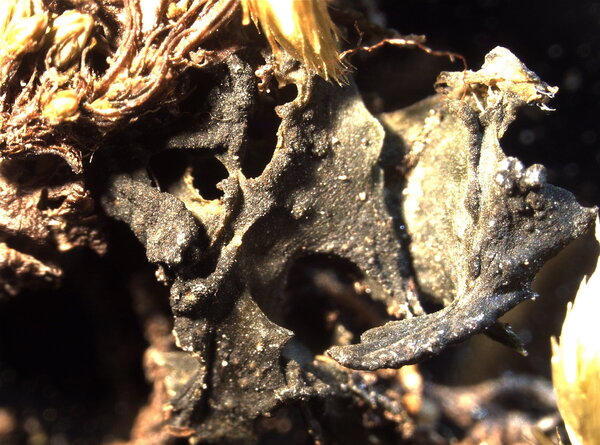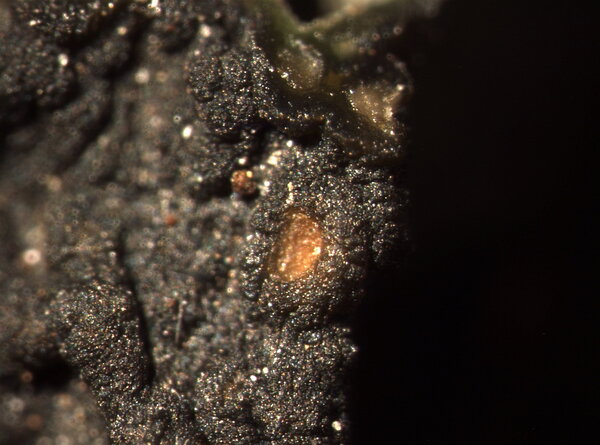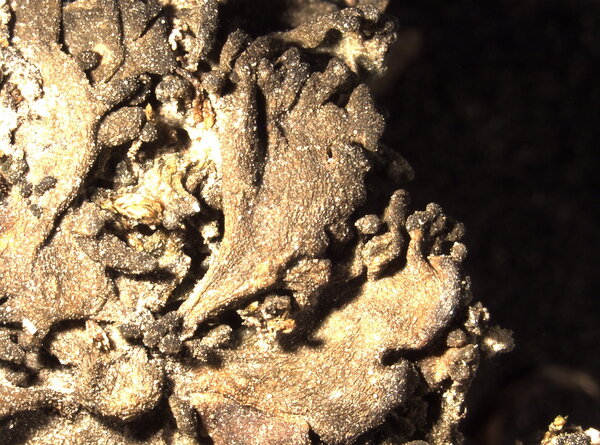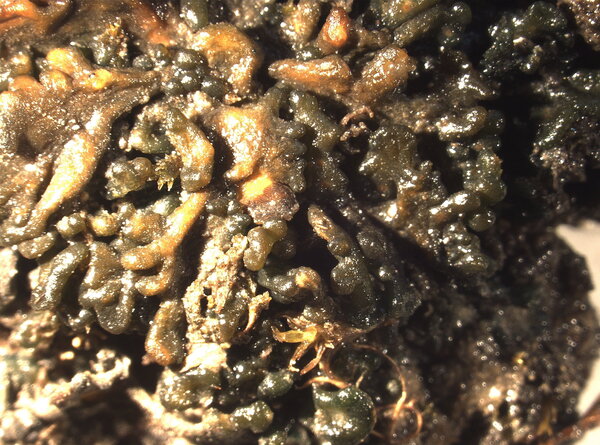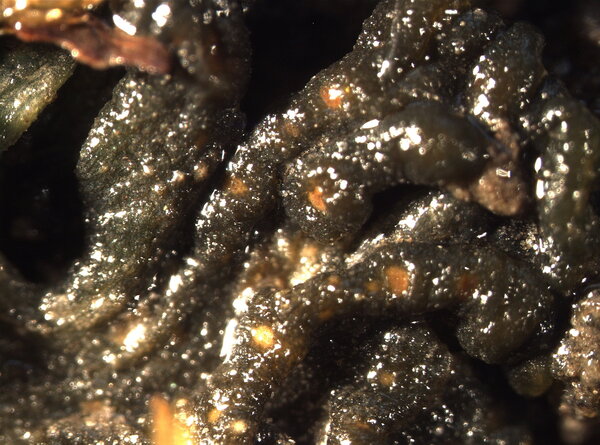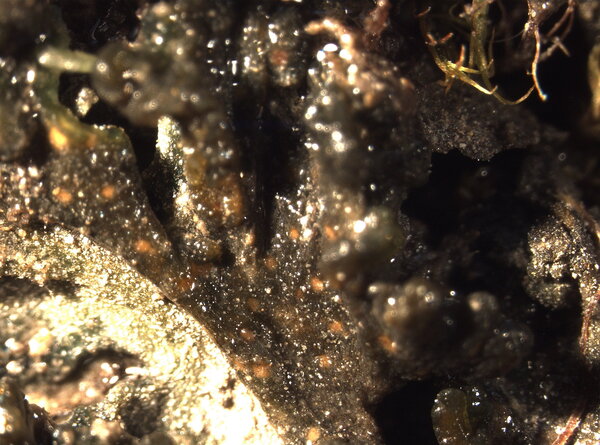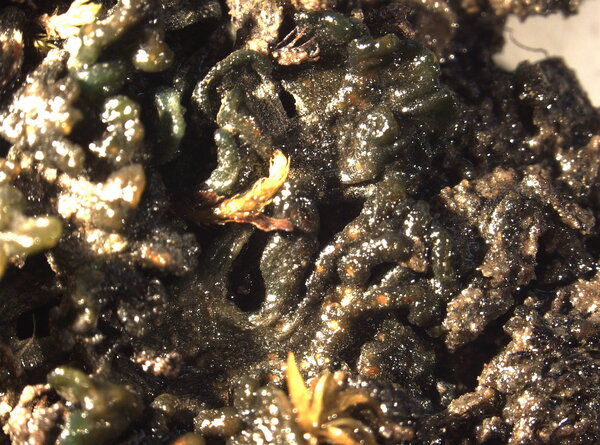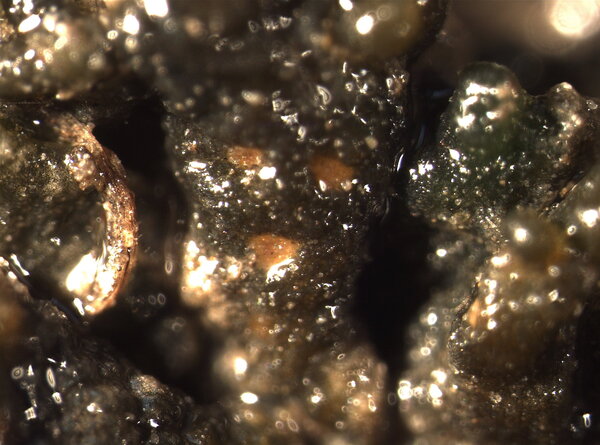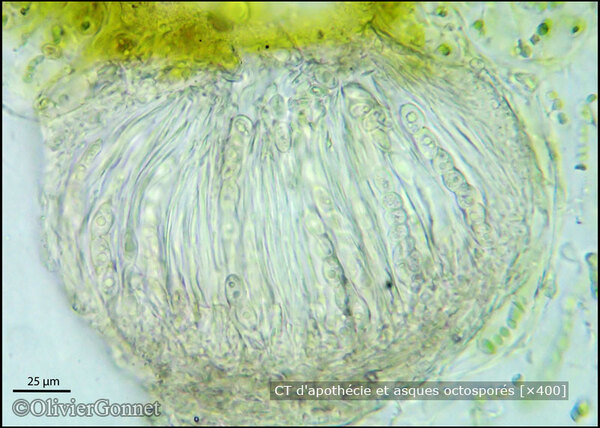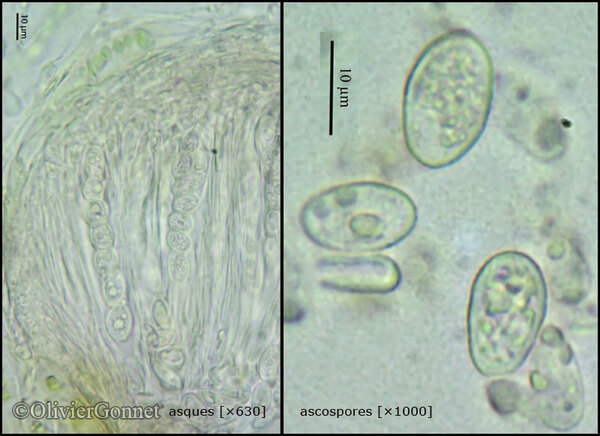Lempholemma polyanthes (Bernh.) Malme
Sched. ad Lich. Suec. Exs.: nr. 883, 1924. Basionym: Collema polyanthes Bernh. - J. Bot., 1: 12, 1799.
Synonyms: Collema chalazanellum Nyl.; Collema myriococcum (Ach.) Ach.; Lempholemma chalazanellum (Nyl.) Zahlbr.; Lempholemma chalazanodes (Nyl.) Zahlbr.; Lempholemma compactum (Wallr.) Körb.; Lempholemma fasciculare (Wulfen) Zahlbr.; Lempholemma muelleri (Hepp) Zahlbr.?; Lempholemma myriococcum (Ach.) Th. Fr.; Physma chalazanellum (Nyl.) Erichsen; Physma compactum (Wallr.) A. Massal.; Physma muelleri Hepp; Physma myriococcum (Ach.) Körb.; Physma polyanthes (Bernh.) Arnold
Distribution: N - Frl (Molaro 2005, Tretiach & Molaro 2007, Brackel 2013), Ven, TAA (Nascimbene & al. 2022), Lomb (Anzi 1860), Piem (TSB 34033). S - Tosc, Umb (Genovesi & al. 2002, Ravera & al. 2006), Sar. S - Camp (Nimis & Tretiach 2004), Cal.
Description: Thallus subfoliose to subcrustose, membranous, rather loosely attached, gelatinous when wet (resembling a free-living Nostoc), dark olivaceous brown to black, often lobed at margins, up to 3(-5) cm wide. Lobes 1-2(-3) mm broad, elongate, flattened, wrinkled to granulose, sometimes fenestrate, ecorticate on both sides; lower surface paler, attached by whitish rhizohyphae. Apothecia developing from ascogones arising beneath pycnidia (pycnoascocarps), frequent and usually numerous, almost fully to 1/4 immersed in the thallus, globose in section, often crowded on thallus folds or lobe margins, 0.2-0.3 mm across (best visible in the wet state), with an initially punctiform, then slightly expanded, yellowish brown to brown, flat to concave, smooth disc and a thin proper margin. Proper exciple thin, of parallel hyphae; epithecium brownish; hymenium colourless, 100-130 µm high, the hymenial gel I+ reddish brown, K/I+ blue; paraphyses mostly simple, coherent, 1.5-2 µm thick, the apical cells not thickened; hypothecium colourless to yellowish. Asci 8-spored, clavate to cylindrical, with a very thin wall disintegrating or opening by apical ruptures, Lichina-type. Ascospores 1-celled, hyaline, globose to broadly ellipsoid, (7-)9-17(-20) x 7-13(-15) µm, with a gelatinous epispore dissolving in K. Pycnidia common, dark, immersed, narrowly pyriform to ovoid. Conidia acrogenous, simple, hyaline, bacilliform, 2-3 x 0.5-1 μm. Photobiont cyanobacterial (Nostoc, the individual cells 4-5 μm wide, arranged in chains). Spot tests: all negative. Chemistry: without lichen substances.Note: a cool-temperate to arctic-alpine, circumpolar lichen found on terricolous or epilithic bryophytes, over soil or on plant debris, sometimes on walls; much overlooked or confused with species of Collemataceae, and probably more widespread.
Growth form: Crustose
Substrata: soil, terricolous mosses, and plant debris
Photobiont: cyanobacteria, filamentous (e.g. Nostoc, Scytonema)
Reproductive strategy: mainly sexual
Commonnes-rarity: (info)
Alpine belt: extremely rare
Subalpine belt: very rare
Oromediterranean belt: extremely rare
Montane belt: extremely rare
Submediterranean belt: extremely rare
Padanian area: absent
Humid submediterranean belt: very rare
Humid mediterranean belt: absent
Dry mediterranean belt: absent
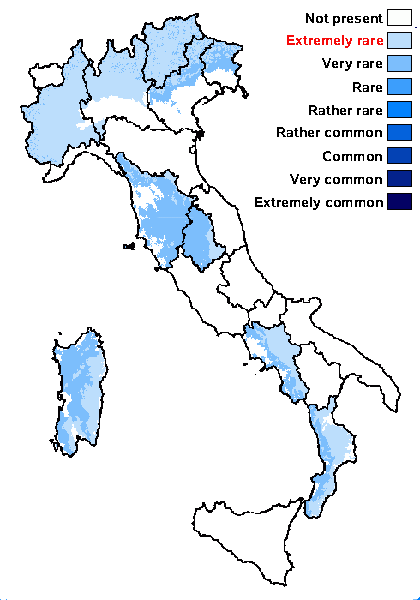
Predictive model
Herbarium samples


P.L. Nimis; Owner: Department of Life Sciences, University of Trieste
Herbarium: TSB (31994)
2001/12/08
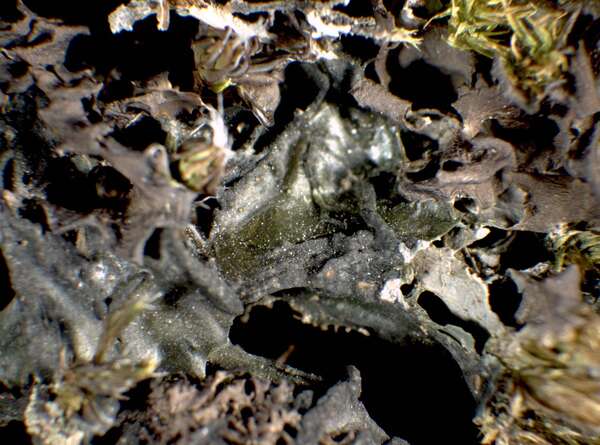

P.L. Nimis; Owner: Department of Life Sciences, University of Trieste
Herbarium: TSB (31994)
2001/12/08
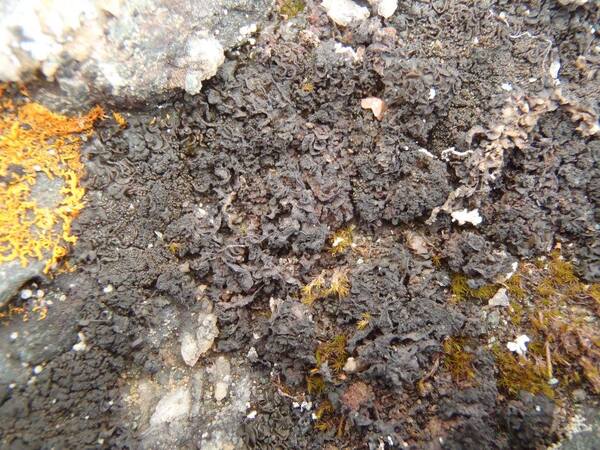

Curtis Randall Björk, - CC BY-SA 4.0
Near Hope Bay, Nunavut, Northwest Territories, Canadaries, CanadaIsland, British Columbia, Canada
19.07.2014


Curtis Randall Björk – CC BY-SA 4.0
Clearwater Valley, BC, First Canyon Uplands Date: 2011-05-05 On cliffs of pillow basalt on south-facing slope, dry, lightly forested

Courtesy Danièle et Olivier Gonnet - Source: https://www.afl-lichenologie.fr/Photos_AFL/Photos_AFL_L/Texte_L_5/Lempholemma_polyanthes.htm
France, Thoiry, 1315 m - Ain
26/8/2017
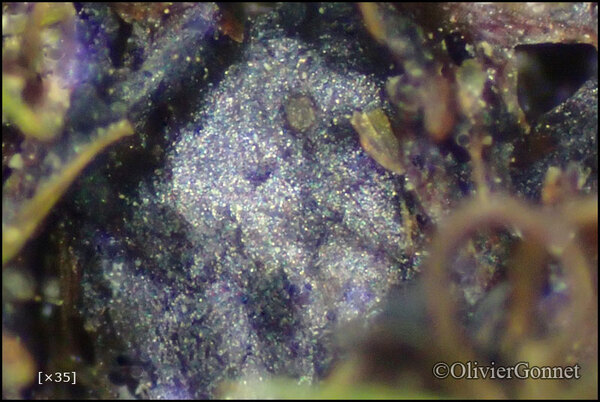
Courtesy Danièle et Olivier Gonnet - Source: https://www.afl-lichenologie.fr/Photos_AFL/Photos_AFL_L/Texte_L_5/Lempholemma_polyanthes.htm
France, Thoiry, 1315 m - Ain
26/8/2017
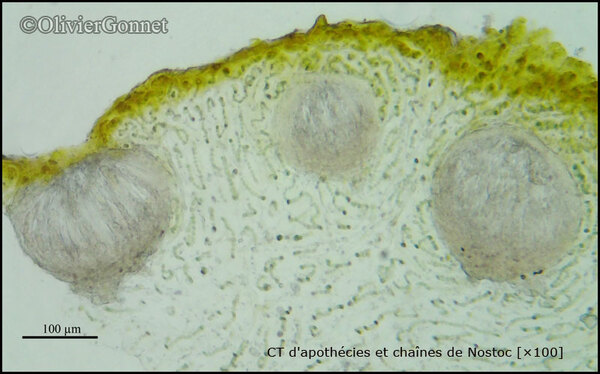
Courtesy Danièle et Olivier Gonnet - Source: https://www.afl-lichenologie.fr/Photos_AFL/Photos_AFL_L/Texte_L_5/Lempholemma_polyanthes.htm
France, Thoiry, 1315 m - Ain
26/8/2017
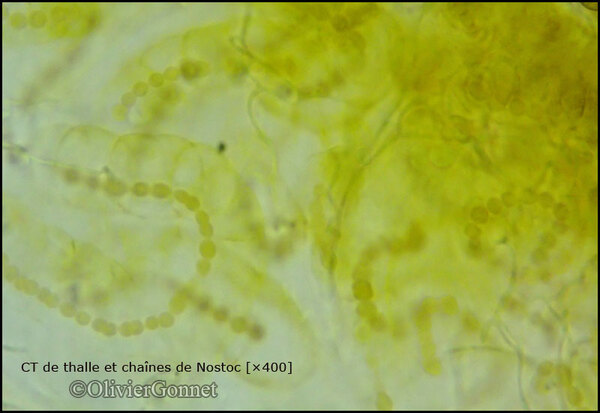
Courtesy Danièle et Olivier Gonnet - Source: https://www.afl-lichenologie.fr/Photos_AFL/Photos_AFL_L/Texte_L_5/Lempholemma_polyanthes.htm
France, Thoiry, 1315 m - Ain
26/8/2017
Growth form: Crustose
Substrata: soil, terricolous mosses, and plant debris
Photobiont: cyanobacteria, filamentous (e.g. Nostoc, Scytonema)
Reproductive strategy: mainly sexual
Commonnes-rarity: (info)
Alpine belt: extremely rare
Subalpine belt: very rare
Oromediterranean belt: extremely rare
Montane belt: extremely rare
Submediterranean belt: extremely rare
Padanian area: absent
Humid submediterranean belt: very rare
Humid mediterranean belt: absent
Dry mediterranean belt: absent

Predictive model
| Herbarium samples |


P.L. Nimis; Owner: Department of Life Sciences, University of Trieste
Herbarium: TSB (31994)
2001/12/08


P.L. Nimis; Owner: Department of Life Sciences, University of Trieste
Herbarium: TSB (31994)
2001/12/08


Curtis Randall Björk, - CC BY-SA 4.0
Near Hope Bay, Nunavut, Northwest Territories, Canadaries, CanadaIsland, British Columbia, Canada
19.07.2014


Curtis Randall Björk – CC BY-SA 4.0
Clearwater Valley, BC, First Canyon Uplands Date: 2011-05-05 On cliffs of pillow basalt on south-facing slope, dry, lightly forested

Courtesy Danièle et Olivier Gonnet - Source: https://www.afl-lichenologie.fr/Photos_AFL/Photos_AFL_L/Texte_L_5/Lempholemma_polyanthes.htm
France, Thoiry, 1315 m - Ain
26/8/2017

Courtesy Danièle et Olivier Gonnet - Source: https://www.afl-lichenologie.fr/Photos_AFL/Photos_AFL_L/Texte_L_5/Lempholemma_polyanthes.htm
France, Thoiry, 1315 m - Ain
26/8/2017

Courtesy Danièle et Olivier Gonnet - Source: https://www.afl-lichenologie.fr/Photos_AFL/Photos_AFL_L/Texte_L_5/Lempholemma_polyanthes.htm
France, Thoiry, 1315 m - Ain
26/8/2017

 INDEX FUNGORUM
INDEX FUNGORUM
 GBIF
GBIF
 DOLICHENS
DOLICHENS

